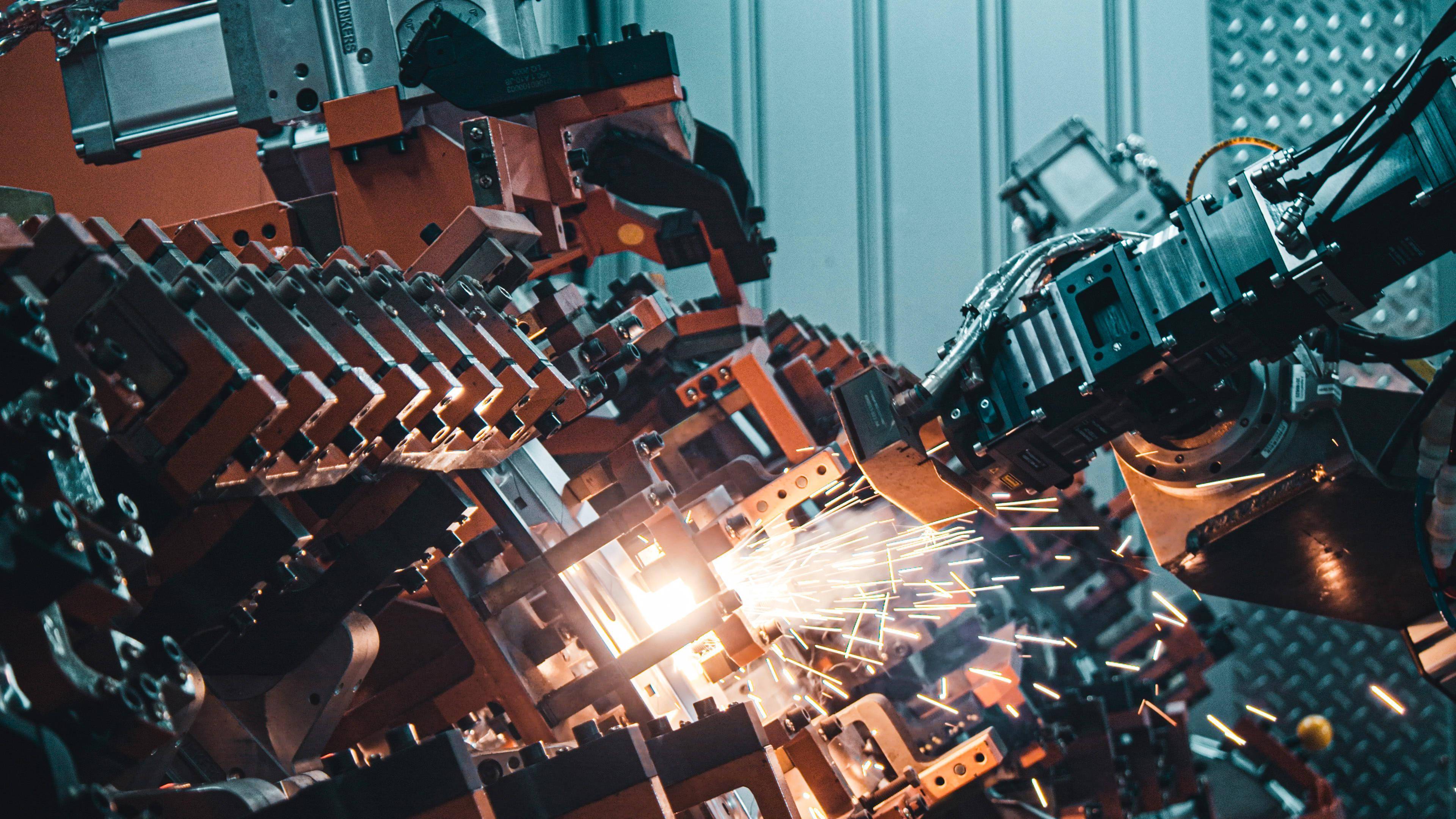Green Building Revolution: The Sustainable Impact of Metal Stamping in Energy-Efficient Construction+ View more
Green Building Revolution: The Sustainable Impact of Metal Stamping in Energy-Efficient Construction
+ View more
Date:2023-12-30 11:00
Introduction
In the face of climate change and the need for sustainable development, the construction industry has undergone a remarkable transformation towards green building practices. As a key player in this revolution, metal stamping technology has emerged as a vital enabler of energy-efficient construction. This article delves into the sustainable impact of metal stamping in the realm of green building. By exploring its role in material optimization, structural efficiency, renewable energy integration, and waste reduction, we uncover how metal stamping is driving the green building revolution.

1. Material Optimization: Lighter, Stronger, Greener
Metal stamping plays a significant role in material optimization, contributing to lighter and stronger structures in energy-efficient buildings. By utilizing advanced alloys and precise stamping techniques, manufacturers can produce high-strength components with reduced material consumption. This optimization not only reduces the overall weight of the structure but also minimizes carbon emissions associated with material production and transportation.
2. Structural Efficiency: Designing for Sustainability
Metal stamping enables the creation of structurally efficient components that enhance the sustainability of green buildings. Through precision stamping and customization, manufacturers can fabricate complex shapes and profiles that optimize load-bearing capacity while minimizing material waste. These lightweight yet durable components allow for the construction of energy-efficient structures that require fewer resources and have a reduced environmental impact.
3. Renewable Energy Integration: Powering the Future
The integration of renewable energy sources is a cornerstone of green building practices. Metal stamping facilitates the seamless integration of solar panels, wind turbines, and other renewable energy systems into building structures. By manufacturing brackets, mounts, and connectors through metal stamping processes, these components ensure secure and efficient installation, enabling buildings to generate clean energy and reduce reliance on non-renewable power sources.
4. Waste Reduction: Embracing Circular Economy
Metal stamping supports the principles of a circular economy by minimizing waste generation in construction. By optimizing material usage and adopting efficient manufacturing processes, metal stamping reduces scrap and waste during component fabrication. Additionally, metal-stamped components are highly recyclable, allowing for the recovery and reuse of materials at the end of their lifecycle. This waste reduction approach aligns with the sustainable goals of green building practices.
5. Collaboration and Innovation: Driving Progress
Collaboration between metal stamping experts, architects, and sustainability consultants drives innovation and progress in green building applications. By sharing knowledge and expertise, these collaborations lead to advancements in stamping techniques, material science, and design integration. Continued collaboration fosters ongoing improvements in metal stamping technologies, ensuring their continued relevance in enhancing energy-efficient construction practices.
6. Lifecycle Assessment: A Holistic Approach
The sustainable impact of metal stamping goes beyond the construction phase. A lifecycle assessment perspective reveals further benefits, including maintenance optimization, extended service life, and reduced operational costs. Metal-stamped components offer long-lasting performance, requiring minimal maintenance and contributing to the overall sustainability and profitability of green buildings over their lifespan.
Conclusion
Metal stamping technology is revolutionizing energy-efficient construction by enabling material optimization, structural efficiency, renewable energy integration, waste reduction, and collaboration-driven progress. Through its sustainable impact, metal stamping plays a crucial role in driving the green building revolution, contributing to a more environmentally friendly and resource-efficient construction industry. As the demand for greener buildings continues to grow, metal stamping will remain at the forefront of sustainable construction practices, ensuring that future structures are not only energy-efficient but also contribute to a more sustainable and resilient future for generations to come.
Share to:
Recommend wonderful blog posts

